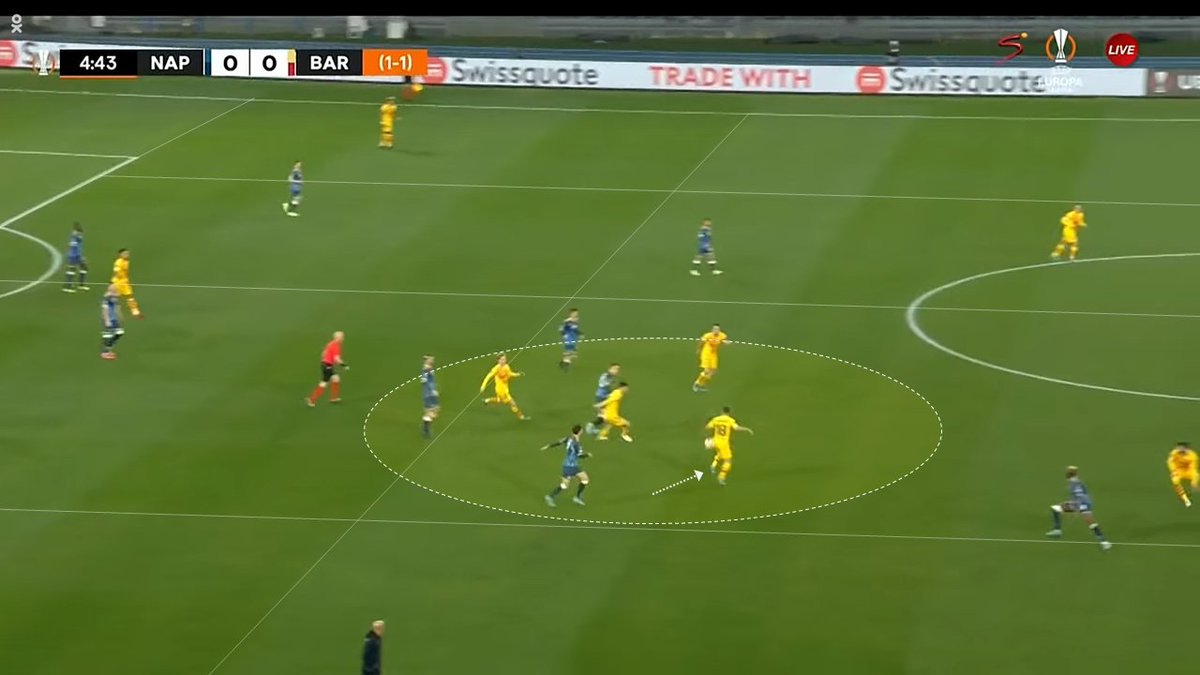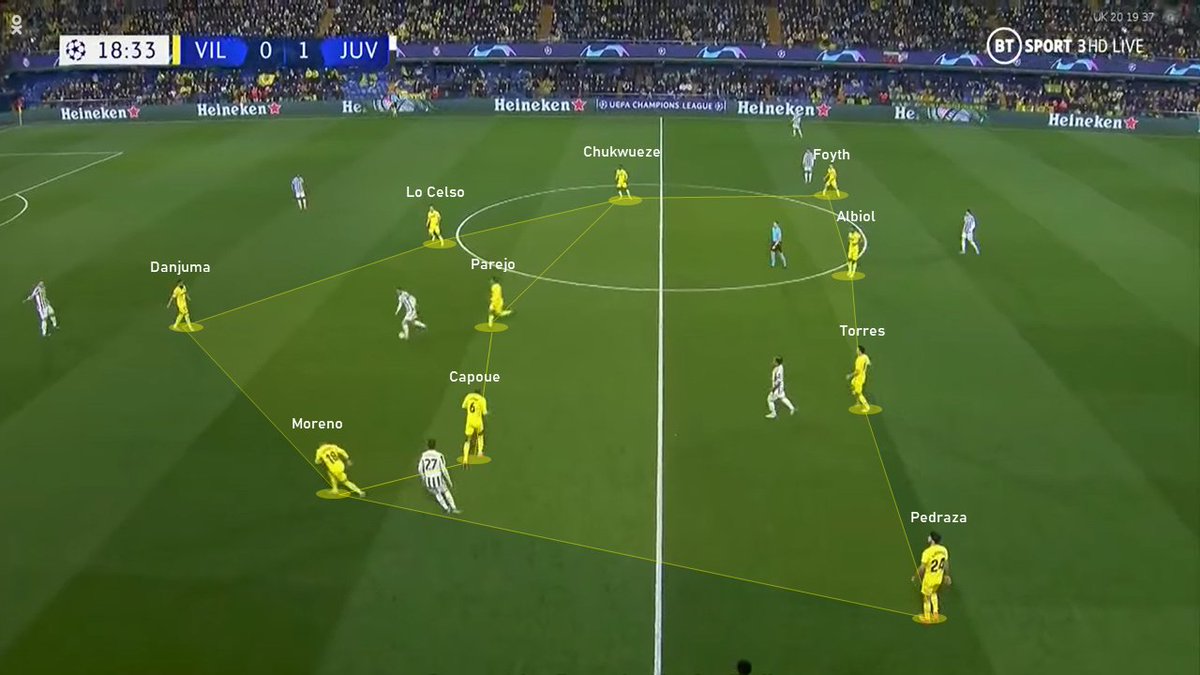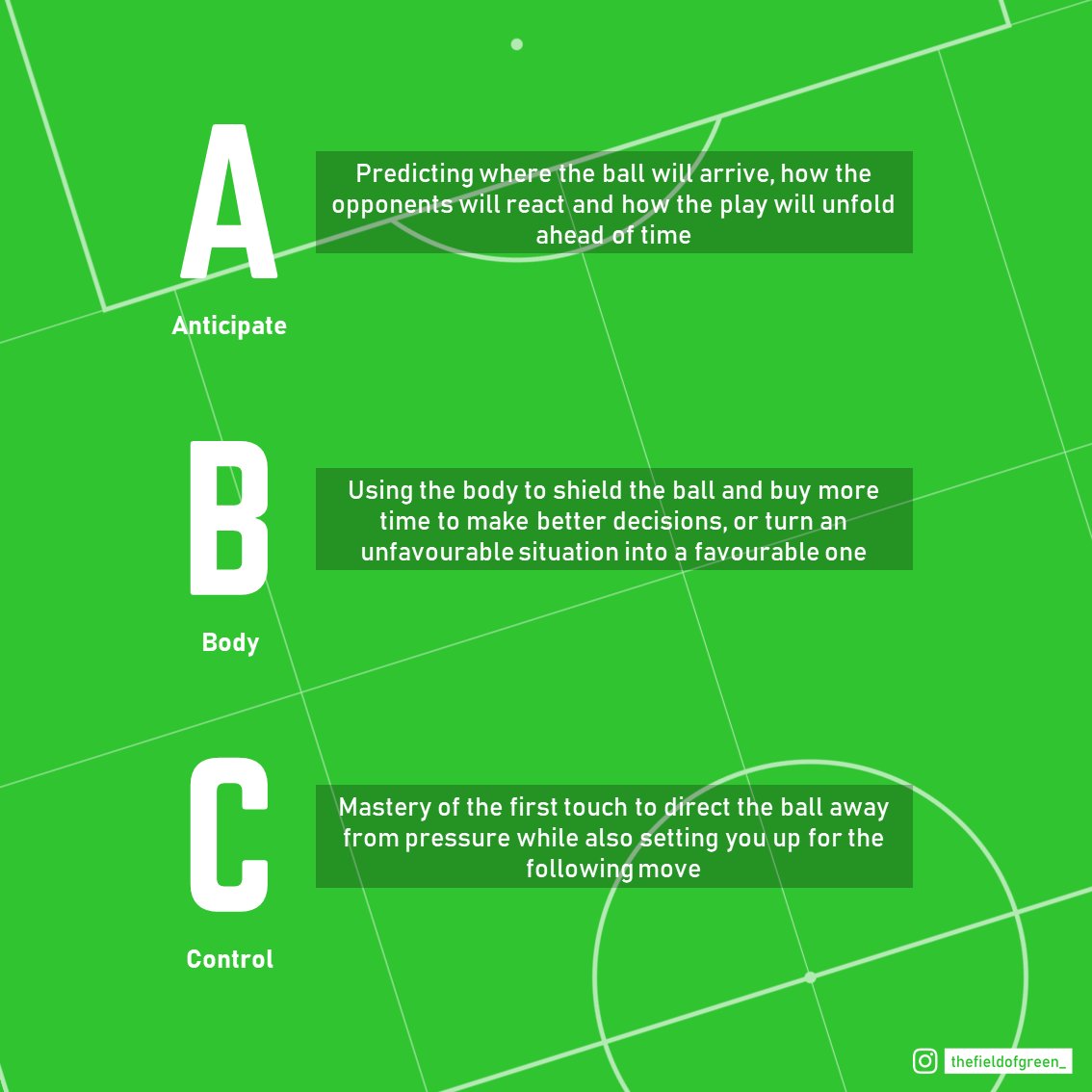There's a problem with the traditional model of viewing a game of football as four distinct phases of open play - Attack, Defence and Transitions - and set pieces. Instead of looking at a team as a set of 11 players, we view it as one being. I elaborate on some details around it: 

The traditional model of breaking down the game into four phases, primarily two - one with the ball, and one without the ball - and the two transitions between them, assumes that the team behaves as a whole in any instant independant of it's individual players. 

But each individual player goes through his/her own phase depending on their positioning, the part of the pitch, the profile of the player (attack/defence minded). Thus at any moment, you have a number of players in a particular phase, and you average the team's phase from them. 

In this tactical footage during the women's WC between USA and France, I highlight a few examples of how different players exist in different phases compared to their teammates during the game. We average the team phase from the sum of individual phases:
Using this hypothetical phase gantt chart of a team, I try to illustrate how different players are in different phases in any given moment. While their teammates are expelling energy in transitions, some are saving them by positioning themselves for the next phase 

'A good midfielder is thinking about defending while attacking, and thinking about attacking while defending.' — Bastian Schweinsteiger
This quote by the German could be extrapolated to all the other positions on the pitch too, depending on their respective roles.
This quote by the German could be extrapolated to all the other positions on the pitch too, depending on their respective roles.
In my article on Brighton, I highlighted how Cucurella is able to hold his position higher up on the far side while his teammates transition and win the ball, and by doing so provides a positional advantage. He isn't in the same phase as his teammates.
https://twitter.com/roshanrao_/status/1466827745854382081?s=20&t=wv06ct5-kklyVL_qRK1I8A
Successful teams are like an orchestra. Each one has a role and plays one's his/her instrument when it's his/her turn. The clarinets are already in rhythm and are preparing to jump in while the cellos are nearing the end of their section, not dozing off.
https://twitter.com/roshanrao_/status/1479438457701388291?s=20&t=wv06ct5-kklyVL_qRK1I8A
Hence, I see the team existing as a spectrum of all four phases.
'The game is chaotic, fluid and unpredictable. You can't reduce it to a series of behaviors (however open they may be). You don't attack AND defend, you attack HOW you defend, and vice-versa.' — Paco Seirul·lo.
'The game is chaotic, fluid and unpredictable. You can't reduce it to a series of behaviors (however open they may be). You don't attack AND defend, you attack HOW you defend, and vice-versa.' — Paco Seirul·lo.

• • •
Missing some Tweet in this thread? You can try to
force a refresh






















